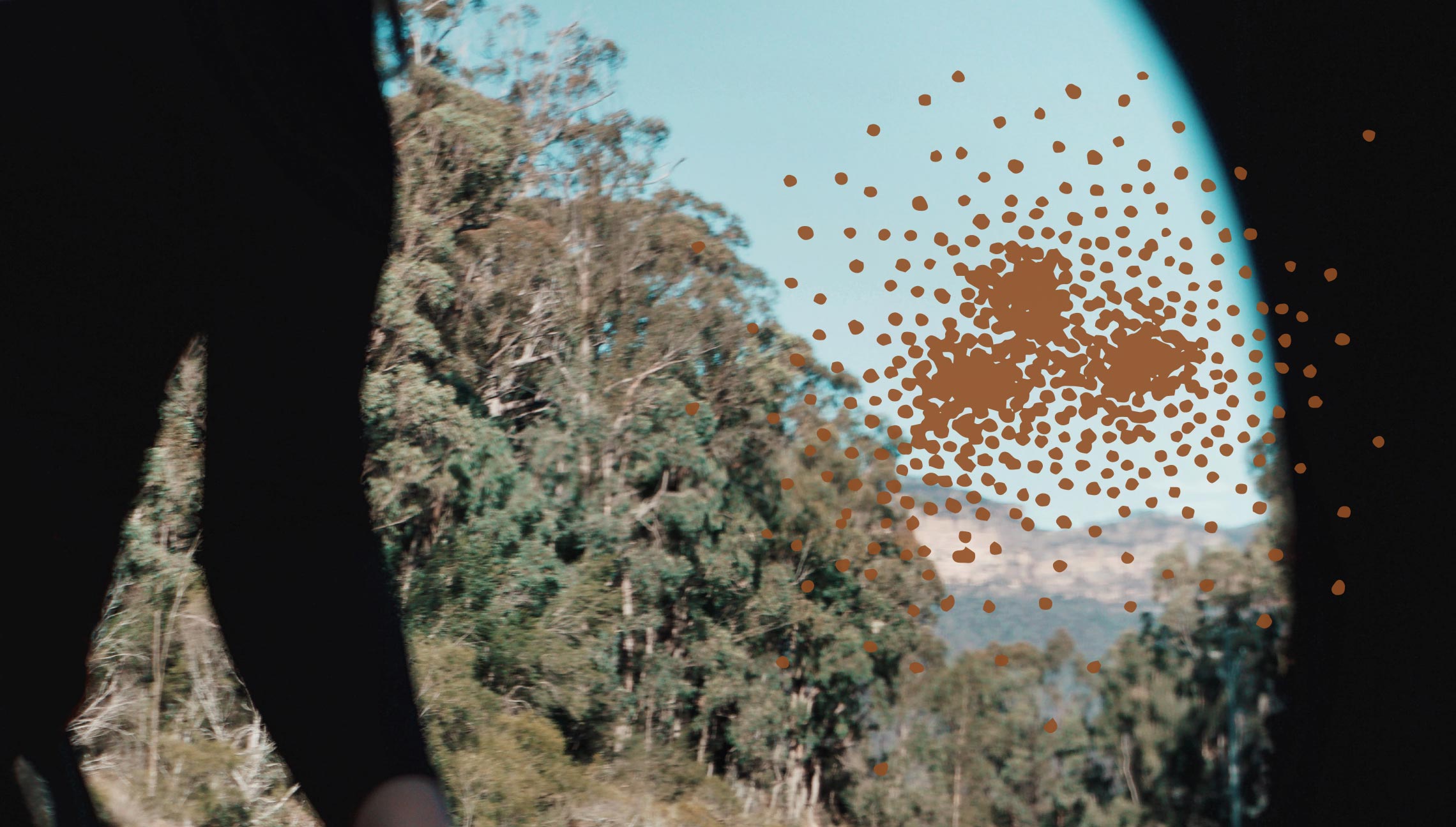What is 3Ai homework? In 2020, 3Ai is excited to be back in the classroom with a new cohort of Masters students, teaching a new branch of engineering into existence.
How would you like to play along at home? We are trying something different this year and giving you a little glimpse of life as a 3Ai student. And that means… homework! (disclaimer: don’t worry, you’re not being assessed). During the semester we will share with you a sample of what we are reading, a snapshot of the influences and discussions shaping 3Ai. This will match up with the fortnightly themes of our program.
In Semester One, students are undertaking two courses:
-
Question Framing, within which students engage with perspectives from a wide range of disciplines to frame critical and constructive questions about cyber-physical systems; and
-
Build, where students learn to create cyber-physical systems in collaborative teams with an explicit awareness of the environmental, social, and technological contexts that their systems could eventually exist within.
Like you, our students are now learning from home. 3Ai has officially gone diasporic, and our students have been transitioned to digital and remote classrooms for the remainder of the Semester. Staying connected but keeping apart!
Your resources for Theme Three:#
In Theme Three in Question Framing it is all about data and the sensors which collect it. All data is constructed, retrospective and partial. Data is also an essential foundation for cyber physical systems and something which flows through them. Our students have been pondering: How do we think about data and the sensors used to collect data? In what ways do sensors bias the data used in cyber-physical systems? How are data categories constructed and by whom?
Like always, the resources this week include a wide variety of material and reflect many different voices and perspectives:
-
Vannevear Bush (1945) As we may think. The Atlantic. Newspaper article.
-
International Organisation for Standardisation (1988) ISO8601:1988 (First Edition): Data elements and interchange formats. Data standard.
-
Tom Armitage (2009) 99: Toiling in the data mines: What data exploration feels like. Blog.
-
Genevieve Bell (2015) Secret life of big data. Keynote address.
-
Mandy Yap & Eunice Yu (2016) Data sovereignty for the Yawuru in WA. In: Tahu Kukutai & John Taylor (eds) Indigenous data sovereignty: toward an agenda. Canberra: ANU Press. Pp 233–251. Book chapter.
-
Giorgia Lupi (2017) How we can find ourselves in data. TED Talk.
This fortnight in Build focusses on data, and is in many respects a continuation of fortnight two’s work on sensors. Readings in Build include:
-
Kitchin, Rob (2014). Conceptualising Data, in The Data Revolution: Big Data, Open Data, Data Infrastructures and Their Consequences. London: SAGE. Book chapter.
-
Friedman, Batya and Nissenbaum, Helen (1996). Bias in Computer Systems. ACM Transactions on Information Systems, 14(3), pp 330–347. Article.
Over these two fortnights, the students have explored air quality monitoring data at the molecular level and sensing level by learning about how air quality monitoring data is collected by the ACT government and by building their own air quality sensor. This fortnight, they have continued this work by comparing raw data with processed data, looking at data processing methodologies, tools, and pipelines, and engaging with the policy, standards, and the decision making surrounding them. The in-class focus has been on air quality data, but their homework has also encouraged them to explore educational or human/social data made available by the ACT Government. They wrapped up the fortnight by working on a couple of case studies that explore the relationship between data, systems, and the public good.
Happy reading/watching/exploring!
All of our materials strive to reflect a variety of voices and perspectives, to in turn reflect our diverse cohort. Our 2020 cohort come from a range of countries, including Nigeria, the United States, Nepal, Mexico, India, Iran and Australia; a range of disciplines, including law and policy, economics, computer science and machine learning, biology, music, you name it; and are diverse in gender and ethnicity.
Want more?
Some of the #3Ai2020cohort have been blogging their progress, reflecting on the resources and their learnings in the 3Ai Masters Program. You can check out their insightful reflections here:

